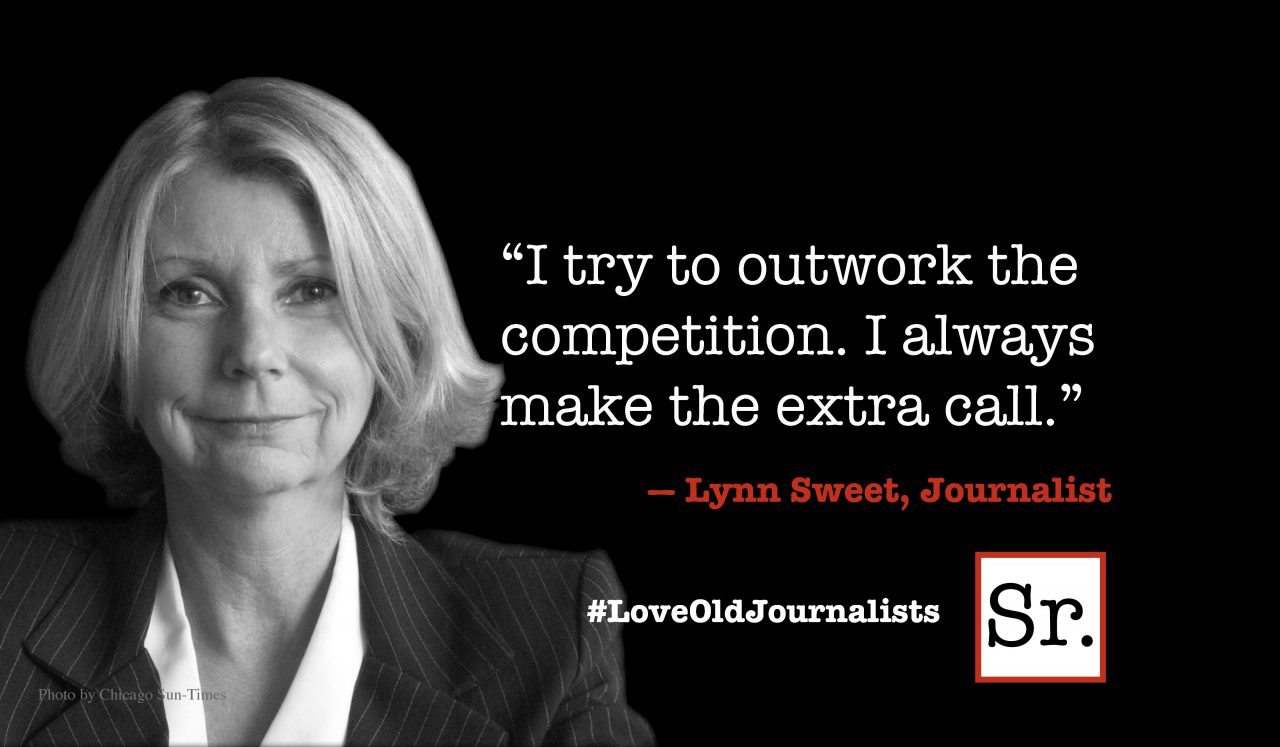Television shows aren’t necessarily good at predicting events, but the AMC show "Humans" just may be telling us something about where we’re going. On the show, so-called "synths" are robots so exquisitely developed that they are easily mistaken for humans. Numerous issues arise from all this, but one option is striking: Having a synth can revolutionize healthcare for seniors. A full-featured android can monitor vital signs, help with daily tasks and become an ever present companion, while summoning emergency personnel should that become necessary.
Are robots likely to become this sophisticated? Ponder this: Gill Pratt, who is program director for robotics research at the Defense Advanced Research Projects Agency (DARPA), has speculated that we may be nearing a "Cambrian moment" in robotics. He’s referring to a time when artificial intelligence and robots merge to do what life did half a billion years ago in the Cambrian era, suddenly proliferating from simple designs into complex, multicellular forms.
And indeed, the precursors of the "synths" are already among us. At the University of Toronto, researchers are producing robots as part of a pilot study of long-term care options. One of these devices, named Casper, can help those with memory loss keep up a daily schedule and prepare meals at home. Another, named Tangy, is designed to be a dinner companion for those in assisted living, capable of playing bingo and even telling jokes. Tangy also senses when a resident is in trouble and knows when it’s time to call for help.
The worldwide market for robots is expected to hit close to $100 billion by 2020. Those trying to track these developments may well look toward Japan, where the Shinto faith, in which objects like robots are considered to be as spiritually valuable as their biological creators, offers a philosophical backdrop ideal for experiment. Japan is also the acid test for demographers. This is a country that expects government spending on eldercare to double, reaching $175 billion a year over the next decade. Forty percent of the country’s population will be older than 65 by the year 2060. More healthcare workers are needed, and the ranks of robotics may produce them.
Consider the meteoric rise of Japan’s Cyberdyne, a 2004 startup whose market debut last year has made a billion dollar fortune for founder Yoshiyuki Sankai. How Sankai built this fortune is illustrative of the trends at work as robots make their way into eldercare. Cyberdyne’s first product was called HAL, for Hybrid Assistive Limb. Consider it a wearable frame that helps older adults with leg movement, one especially useful for those with stroke-associated disabilities. Driven by motors communicating with sensors on the patient’s body, HAL may eventually help such people improve their neural systems even as it assists with basic body movement.
These robots show a pedigree harking back to the industrial robots so often found in the factories of carmakers, but they’re rapidly being extended to fit into a very different environment. Riken, a Japanese research institute, has developed Robear, a 140 kg robot that can actually lift patients from a wheelchair to a bed or even into a bath. No eerie mechanical pincers or whirring assembly-line components here — Robear looks like a little polar bear. The idea is to be non-threatening, to give off vibrations of warmth and friendliness. Researchers are learning that making robots too human in appearance may itself be threatening. The compromise is to give the mechanical device a pet-like aspect that offers a degree of companionship.
Can it work? The early indicators are good. Paro is a robotic baby seal that was developed by Japan’s National Institute of Advanced Industrial Science and Technology. Those dealing with dementia or other disabling mental issues can keep Paro, who looks like a cuddly stuffed animal, in their lap. The robot reacts to petting, its sensors picking up what the patient says and reacting accordingly. At least one early study indicates that those who interact with Paro show increased brain function, an effect we’ve known about for some time with living pets.
In the US, healthcare costs will soon surpass $4 trillion dollars a year, which is why robotics are being examined for in-home care as well as assistance in institutions designed for older adults. In Massachusetts, a startup called GeriJoy, created by researchers from MIT, is exploring pet avatars that appear on tablet computers. The idea is to take pet therapy into the realm of networking, by offering software that interacts between the patient and a remote healthcare monitor. Going the logical next step, the GiraffPlus project in the European Union attaches a tablet screen to a wheeled cart that can move through a nursing home for family "visits."
We’re going to learn a lot more about robotic caregiving as these projects mature and receive governmental approval in various countries. A key question: Can those with dementia or even minor mental impairment understand what they’re dealing with when the dividing line between robotic and human caregivers, or even pets used as therapy, becomes blurred? A flock of ethical issues are ripe for investigation, including the question of whether humans may all too easily shed their responsibilities toward seniors when robotic care becomes pervasive.
Nonetheless, we now use robots routinely in a variety of surgical procedures, and there are reasons to believe that robots may prove the superior caregiver in situations like Alzheimer’s, where frustration and fatigue are the bane of care workers. Doubtless robots will be no more than an adjunct to human-driven patient care for the near term, but having robotic help at mechanical matters like meals and getting dressed may free up caregiver time for the social interactions humans need. Just how we work that balance is something we can only learn by trial and error, a process now solidly underway in companies and laboratories worldwide.









